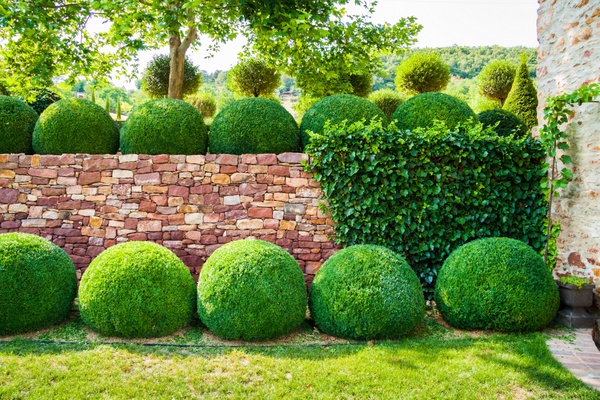
Caring For Retaining Walls After A Harsh Winter
Many homeowners love the look and privacy that a sloped yard can offer but soon realize that the lack of usable space can become a problem. Building one or more retaining walls may be just the right solution to make your yard more user-friendly. Flat surfaces are preferable for pool installation, installing a patio or even adding a children’s playground. Installation is fairly simple and depending on the materials used, may just be your next DIY project to get the level yard you now desire.
Since the purpose of a retaining wall is to restrain soil between two different elevations, it needs to be designed and constructed correctly. Most are made of Belgian block, pavers, brick, poured concrete or railway ties, with mortar being used to hold walls together when individual bricks or blocks are used to give it strength against the pressure and force from the materials which it is meant to contain. Interlocking retaining blocks are also available and have become the preference of DIYers since they require no mortar and are easier to take apart if you encounter a design flaw.
But no matter if the wall is constructed from Belgian block, concrete or interlocking blocks, winter freeze-thaw cycles, water runoff and rain can cause soil behind the wall to become over-saturated and eventually cause the wall to become structurally compromised. When an abundance of snow that sits atop the exposed soil starts to melt in a short period of time, the force that is created by the water flow can easily take some of the loose soil right along with it. Water, soil and other landscaping materials will wash away and collect in surface depressions and other low lying areas, on or off your property. Runoff from gutters will increase the flow and therefore increase erosion and material loss.
Each spring, homeowners should expect to encounter a small amount of erosion of landscaped areas and should be prepared to add a fresh layer of topsoil to gardens and flower beds, but coming out of a winter that has deposited a record amount of snow, homeowners may need to replace more materials than anticipated. The force of water can be pretty powerful and is constantly flowing downhill, so you want to keep erosion at bay since the pressure of the runoff could easily push out against the wall, destroying its integrity.
Before adding a new layer of soil to your retaining wall areas, you will want to check to make sure that the structure is sound. If a large amount of soil has been lost, make sure you replace it with fill dirt before adding a new layer of topsoil. Tamp down the dirt so that it is not easily loosened by the next big rain, and consider adding mulch around plants and shrubs to help reduce runoff by protecting soil from being hit directly by the rain. Adding mulch will allow the water to soak into the ground more evenly and will help keep the integrity of the structure.
With proper care and maintenance, your stucco retaining wall will combine beauty and function and will allow you to enjoy your sloped yard worry-free.
For more information about retaining wall construction in Colts Neck, Holmdel, and Rumson NJ and Staten Island, call Millenium Stone Works at 732-519-1112 or 347-723-6990.

